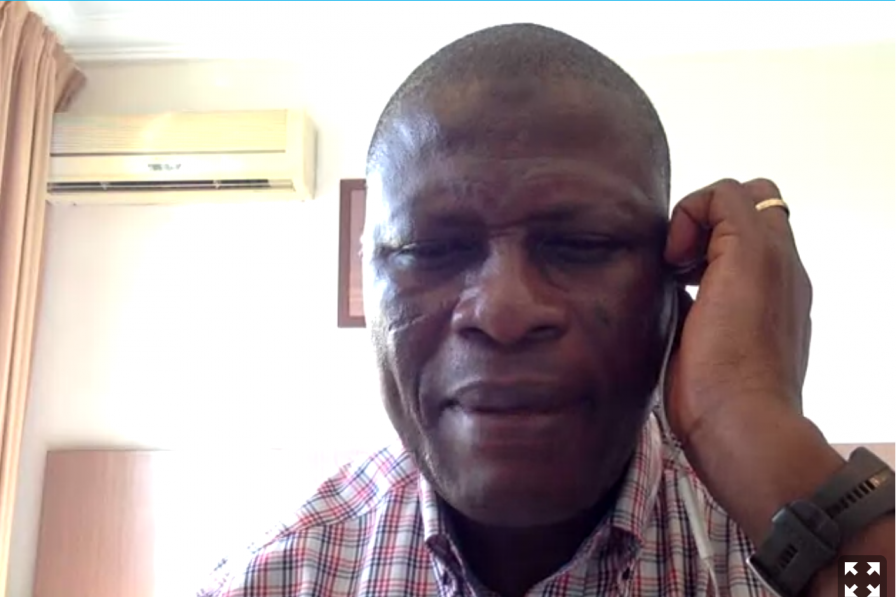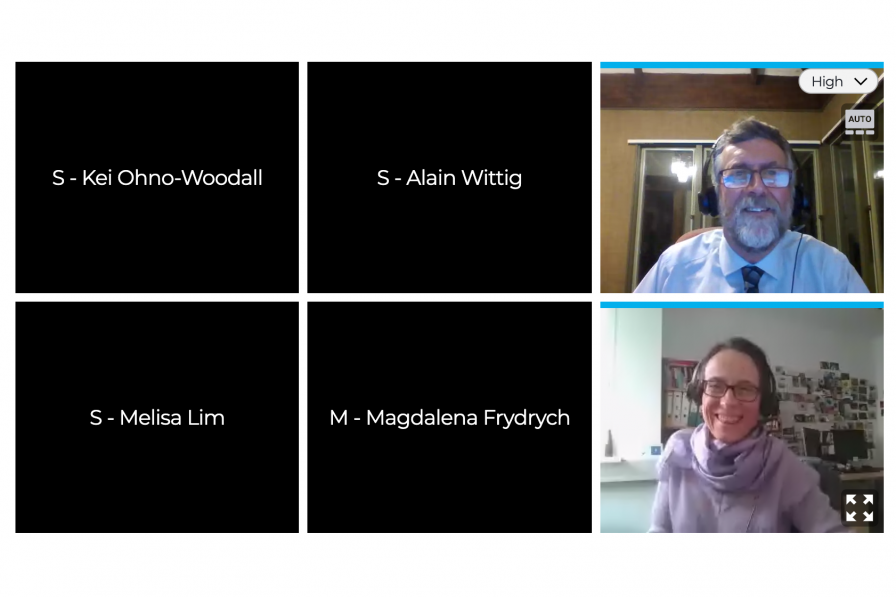With a heavy agenda, the Persistent Organic Pollutants (POPs) Review Committee to the Stockholm Convention opened its 16th meeting in a virtual session on Monday. Technical experts from around the world gathered online, aiming to keep the Committee’s work on track despite the disruption created by the COVID-19 pandemic.
Over the course of six days, the POPRC will review three chemicals put forward for regulatory action under the Convention: the flame retardant Dechlorane Plus and its syn-isomer and anti-isomer, the pesticide methoxychlor, and the newly proposed UV-328, a UV filter that is used as a stabilizer in plastics. The Committee will also carry out work to support efforts to eliminate POPs already listed in the Annexes to the Stockholm Convention, including by:
- Reviewing information related to specific exemptions for continued production and/or use of the industrial chemicals decabromodiphenyl ether (decaBDE) and short-chain chlorinated paraffins (SCCPs);
- Evaluating and reviewing progress made by parties to eliminate brominated diphenyl ethers (BDEs) contained in articles; and
- Reviewing an indicative list of substances covered by the listing of the flame retardant perfluorooctanoic acid (PFOA), its salts, and PFOA-related compounds.
Over 135 participants joined the meeting on Monday. In addition to the 31 party-nominated experts that are members of the Committee, representatives of governments, civil society advocacy groups, and industry may contribute their expertise as observers.
Peter Dawson, the Committee member from New Zealand and interim Chair of the Committee pending confirmation of his election by the Conference of the Parties at its next meeting, opened the meeting, outlining the plan for the week. Rolf Payet, Executive Secretary of the Basel, Rotterdam, and Stockholm Conventions, welcomed participants and stressed the importance of the Committee’s work to protect human health and the environment.
The Committee launched its technical work by tackling the question of whether UV-238 fulfills the criteria set out under Annex D for persistence, bioaccumulation, evidence of adverse effects, and potential for long-range environmental transport. Participants zeroed in on the question of whether the criterion for evidence for long-range environmental transport was satisfied by the evidence presented by Switzerland in its nomination. In particular, experts disagreed on whether the hypothesized transport of UV-328 via marine plastic debris should be considered a mechanism of environmental transport.
Several members agreed that the necessary criteria had been met to move to the next stage of review, which requires gathering of additional information. However, some observers warned that parties would first need to amend the Convention text to explicitly allow for such an interpretation. The question of whether marine plastic debris can be considered a mode of long-range environmental transport has significant environmental, social, and economic implications, and illuminates the growing significance of plastic pollution in global environmental governance.





